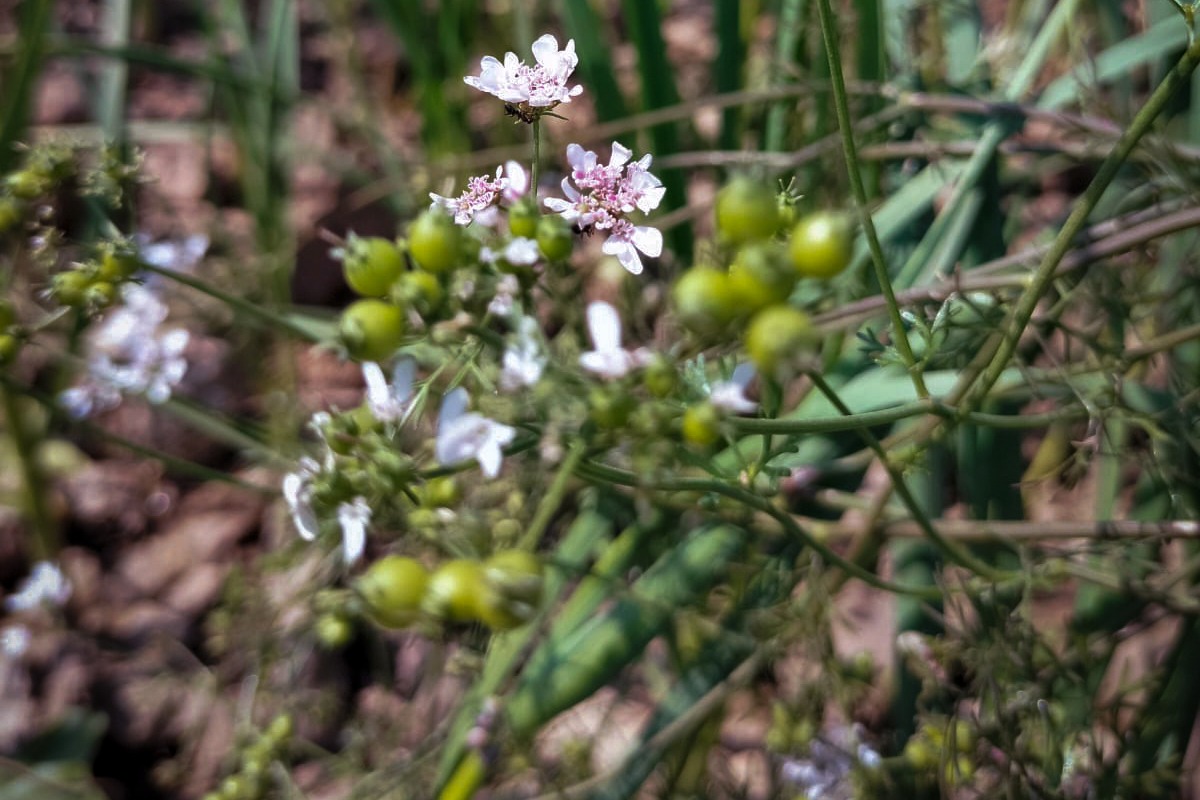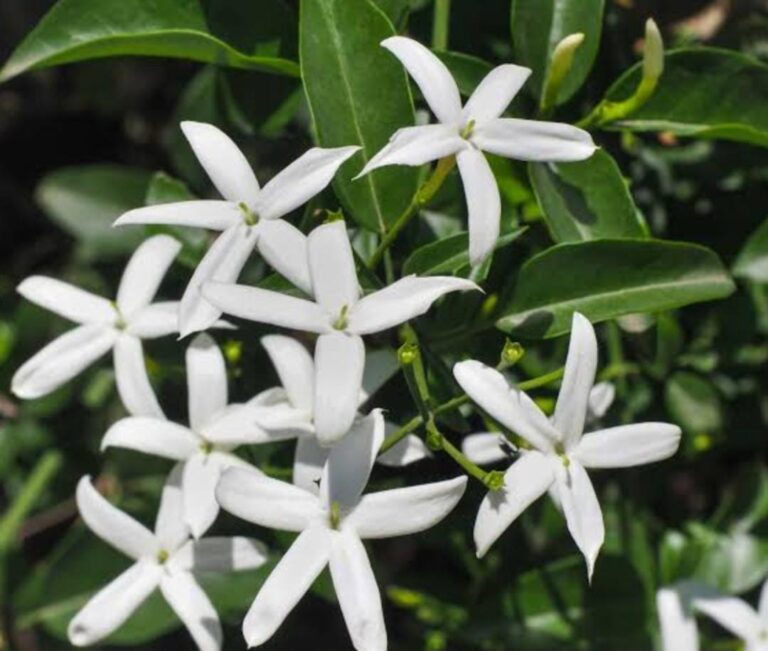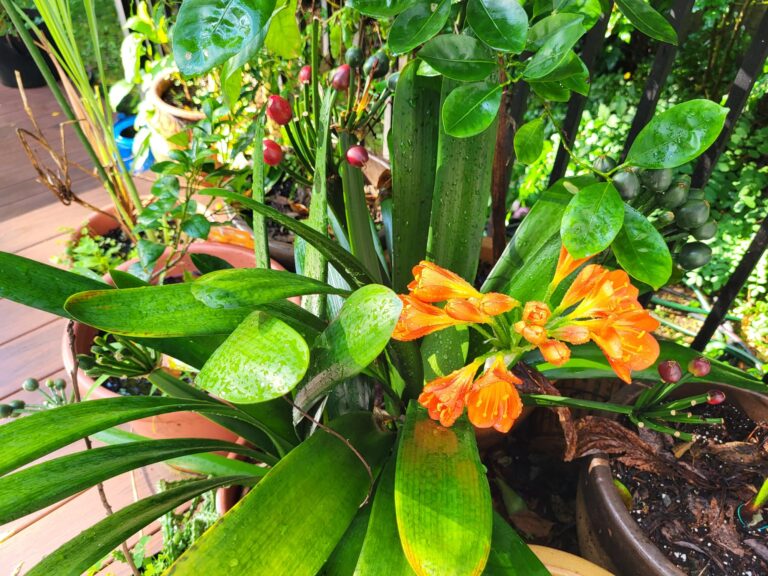Explore 4 Seed Terminologies: A Complete Guide for Gardeners
Introduction
In the realm of agriculture and gardening, understanding numerous seed terminologies are critical for making informed planting selections. There are four commonly used seed terminologies, from hybrids to heirlooms, each type of seed has its traits and considerations. In this blog post, we’ll look at the science underlying common seed terminology, offering light on what distinguishes them and how they affect plant growth and development.
There isn’t enough scientific evidence to prove that heirloom seeds, in the traditional sense, were actually hybrid seeds. Heirloom seeds are typically open-pollinated varieties that have been passed down through generations, maintaining their unique traits through natural pollination.
However, I’d like to share my perspective, which is not scientifically proven but still thought-provoking for me. I believe that every open-pollinated and hybrid seed has the potential to become an heirloom over time. For example, if we consider tomatoes, they may have started as hybrid seeds long ago.
There are other blog posts where I have already shed light on seeds’ classifications, zonal specifications, types, plantation times, and much more. Below are the four common seed terminologies used in gardening world:
- Heirlooms
- Open-Pollinated
- Hybrid
- GMO
1. Heirloom Seeds: Preserving Biodiversity and Heritage
Introduction
Heirloom seeds are those that have been passed down through generations of gardeners and farmers and are highly valued for their historical significance, distinct flavors, and different properties. Unlike hybrids and GMOs, which are often produced for specific qualities, heritage seeds are conventional kinds that have undergone minimal genetic modification.
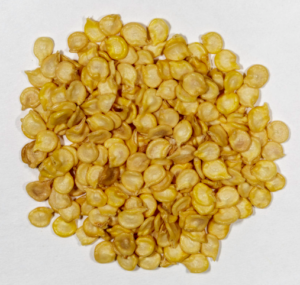
These seeds play an important role in conserving agricultural biodiversity and cultural history by providing a glimpse into the complex tapestry of plant species and types that have been grown for generations. Gardeners and enthusiasts value heirloom seeds for their authenticity and the stories they tell, making them an important resource for sustainable agriculture and culinary experimentation.
The Importance of Heirloom Seeds
a. Biodiversity Preservation:
Heirloom seeds serve an important role in agricultural biodiversity conservation. As modern agriculture focuses on a small number of high-yielding cultivars, many traditional crop varieties are disappearing. Heirloom seeds preserve genetic diversity while providing resistance to pests, diseases, and changing environmental circumstances.
b. Cultural Heritage:
In addition to genetic variety, heirloom seeds are culturally significant. They are living testaments to our predecessors’ farming techniques, culinary traditions, and storytelling. Each variety has a story to tell, representing the locations, towns, and families that raised them over generations.
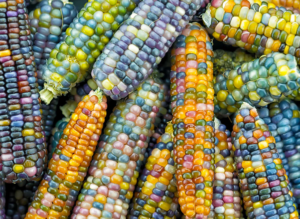
c. Flavor and Diversity
Heirloom vegetables, fruits, and grains frequently have distinctive aromas, textures, and hues that set them apart from their commercial counterparts. From vivid heirloom tomatoes overflowing with rich sweetness to ancient grains with nutty subtleties, these types provide a sensory experience unlike mass-produced commodities.
d. Seed Sovereignty and Resilience:
By preserving and trading heirloom seeds, farmers and gardeners establish control over the seeds they sow and eat. In contrast to hybrid or GMO seeds, which must be purchased new every season, heritage seeds can be preserved and transplanted permanently. This self-reliance builds resilience in the face of economic uncertainty and ensures the continuation of traditional farming practices.
2. Open-Pollinated Seeds
Introduction
Open-pollinated seeds are those that are spontaneously pollinated by wind, insects, or other sources, resulting in genetic variation and adaptation to local environmental conditions. Unlike hybrids and GMOs, which frequently yield homogeneous offspring with certain features, open-pollinated seeds can result in a wide variety of variance within a plant population.
This diversity is critical for agricultural ecosystem resilience and ensuring the long-term viability of food production. Farmers and gardeners can also save and replant open-pollinated seeds, which promotes self-sufficiency and preserves traditional farming practices.
The Benefits of Open-Pollinated Seeds
Though every seed regardless seed terminology has its own characteristics and impact. Open-pollinated seeds provide benefits stated as follows:

a. Genetic Diversity
Open-pollinated seeds promote agricultural biodiversity by allowing for natural genetic variation within plant populations. This diversity is critical for ensuring resilience in the face of pests, diseases, and changing environmental circumstances. It also provides a valuable resource for developing new crop types with improved features.
b. Adaptability
Open-pollinated seeds can adjust to a variety of growing environments throughout time. Natural selection and cross-pollination allow plants to gradually evolve features that improve their survival and productivity in specific conditions. This adaptability is especially beneficial in the context of climate change, when farmers may require crops that are more resilient to harsh weather events and shifting growing seasons.

c. Seed Saving
One distinguishing feature of open-pollinated seeds is their capacity to be kept and replanted by farmers and gardeners. Because open-pollinated plants generate offspring with consistent qualities, conserved seeds can be utilized to pass on desired characteristics from one generation to another. This technique supports seed sovereignty, lowers reliance on commercial seed suppliers, and enables growers to protect traditional types.
d. Flavor and Nutrition
Many open-pollinated species are renowned for their superior flavor, nutritional value, and culinary adaptability. From heirloom tomatoes with rich, nuanced flavors to ancient grains with robust textures and nutty undertones, these varieties provide a varied range of tastes and textures that enrich our culinary experiences while also supporting local food traditions.
3. Hybrid Seeds in Seed Terminologies
Introduction
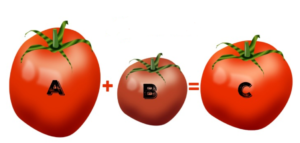
In seed terminologies, hybrid seeds are produced when two genetically dissimilar parent plants cross-pollinate. This crossbreeding is intended to incorporate beneficial features from both parents, such as high yield, disease resistance, and uniformity. The offspring, or hybrid plants, frequently demonstrate hybrid vigor, a phenomenon in which they outperform their parents.
This zeal can lead to higher productivity and resilience in the face of environmental challenges. However, hybrid seeds do not always generate offspring with the desired features, necessitating the procurement of new seeds each growing season. This classification has few key points include:
a. Hybrid Vigor:
Hybrid plants, also known as heterosis, exhibit superior traits compared to their parents. This vigor can lead to enhanced production, faster growth, and greater resistance to diseases and pests.
b. Uniformity:
Hybrid seeds often generate plants with more uniform features, which is useful for large-scale agricultural production. This uniformity promotes constancy in characteristics such as size, shape, and maturation time.
c. Hybridization Process:
Hybrid seeds are formed through regulated crossbreeding processes, which involve transferring pollen from one plant (the male parent) to the flower of another plant (the female parent). This process can be completed manually by plant breeders or with the assistance of pollinators like bees.
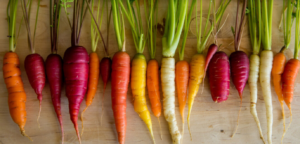
d. Hybrid Seed Production:
In this terminology the production requires careful selection of parent plants with acceptable characteristics. Cross-pollination produces hybrid seeds, which are harvested, processed, and sold to farmers for planting.
e. Hybrid vs. Open-Pollinated Seeds:
Unlike hybrid seeds, open-pollinated seeds are derived from plants that are pollinated naturally by wind, insects, or other natural processes. While open-pollinated seeds can be genetically varied and tailored to specific local conditions, hybrids frequently provide superior features and consistency.
f. Seed Saving:
While open-pollinated seeds can be saved and replanted from season to season, hybrid seeds do not always yield offspring with the same desired features as the parent hybrid plant. As a result, growers typically need to acquire fresh hybrid seeds each planting season.
4. GMO Seeds: Engineering Innovation
Introduction
Genetically modified organism (GMO) seeds are produced using biotechnological procedures that manipulate an organism’s genetic material. GMO seeds are engineered to exhibit specified features, such as insect, herbicide, and environmental stress resistance, by inserting foreign genes into the plant’s DNA.
a. Desired Traits

GMO seeds are developed to exhibit features that do not occur naturally in plant species or to improve existing qualities. Pest, herbicide, disease, and environmental stress resistance are among the most common alterations, as are nutritional content and shelf-life enhancements.
This method enables precise control of desirable features and has the potential to address a variety of agricultural concerns, including food security and sustainability. However, GMO seeds have raised disputes about their safety, environmental impact, and ethical implications, emphasizing the need for clear regulation and continued study. GMOs key features include:
b. Biotechnology Techniques:
Advanced biotechnology procedures, such as gene splicing, are used to genetically modify seeds by inserting specific genes from one organism into the genome of the target plant. This approach provides fine control over the introduced qualities.
c. Regulation:
Many countries have strict rules in place to assure the safety of GMO seeds for both human health and the environment. Before authorizing a GMO crop for commercial use, regulatory organizations analyze the possible dangers and advantages.
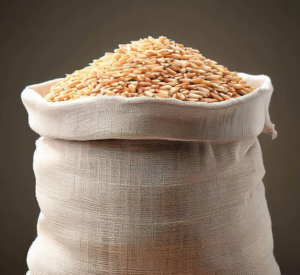
d. Controversy:
These seeds have aroused debate and discussion about their safety, environmental impact, and ethical implications. Critics are concerned about potential health dangers, unforeseen environmental implications, corporate control over seeds, and the long-term viability of agricultural operations.
e. Farmers’ Adoption:
Despite the controversy, GMO seeds have gained widespread acceptance among farmers, particularly in large-scale commercial agriculture. They provide benefits such as enhanced agricultural yields and increased profitability but in certain cases increase reliance on chemical pesticides,
f. Coexistence with Non-GMO and Organic Farming:
Concerns about genetic contamination and the coexistence of GMO crops with non-GMO and organic farming practices have resulted in the development of regulations and guidelines to reduce cross-pollination and maintain crop segregation.
g. Research and Development:
GMO seed development is primarily undertaken by large agrochemical and biotechnology companies. These companies invest heavily in research and development to create new GMO crop varieties with enhanced traits.
Preserving Seeds for the Future
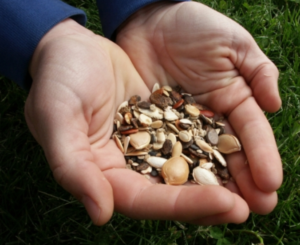
Despite their various advantages, all seed terminologies we have discussed above, face problems from modern agriculture, genetic degradation, and a loss of traditional farming wisdom. To ensure the ongoing viability of all seed types, concerted efforts are required to:
a. Promote Seed Saving
Encourage farmers, gardeners, and communities to store and share every type of seeds, therefore maintaining genetic variety and strengthening local food systems.
b. Support Seed Libraries and Exchanges
Create seed libraries, exchanges, and networks where people can access and trade every type of seeds, falls in seed terminologies, promoting community resilience and knowledge sharing.
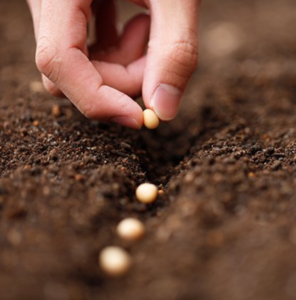
c. Advocate for Seed Sovereignty
Support legislation that protects farmers’ rights to save, exchange, and sell seeds without restrictions, ensuring the long-term survival of both traditional and modern agricultural practices.
d. Document and Preserve Traditional Knowledge
Capture the tales, customs, and cultural importance linked with traditional seeds, recognizing their contributions to our shared history.
Conclusion
Finally, everyone active in agriculture, gardening, or food production must comprehend seed terminologies. Whether you’re looking for high-yielding hybrids, innovative GMOs, savory heirlooms, or diversified open-pollinated varieties, each type of seed has its own set of benefits and considerations. By investigating the science behind these seed terminologies and their implications for plant growth and production, we may make more informed decisions that help to promote sustainable agriculture, biodiversity protection, and gastronomic diversity. Finally, the variety of seeds available to us shows the richness of our natural world, as well as our skill in changing it for future generations.

